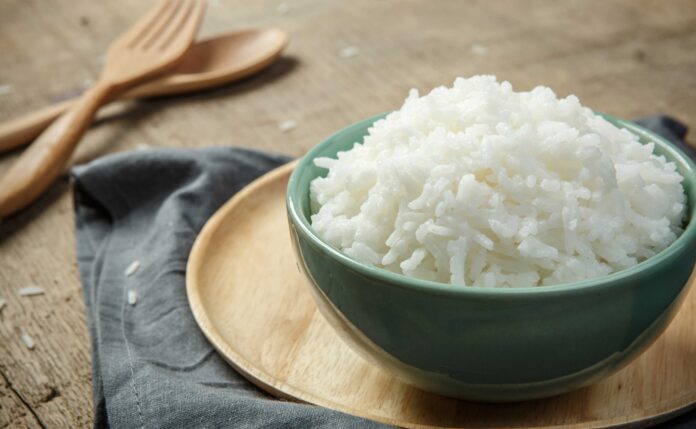Rice prices are soaring to an 11-year high, creating concerns over potential shortages in Asia and Africa. The situation is further compounded by the impact of the El Nino weather pattern, which has led to erratic rainfall. With India accounting for a significant portion of global rice exports, any reduction in shipments from the country could further drive up prices. The recent increase in India’s minimum support price (MSP) for rice has already caused a surge in export prices, prompting other suppliers like Thailand and Vietnam to follow suit. This article delves into the implications of these developments and highlights the challenges of building up stockpiles in the face of rising prices.
India’s MSP Hike and its Effects:
India, responsible for over 40% of the world’s rice exports, recently raised its minimum support price for rice, causing prices to spike further. BV Krishna Rao, president of the Rice Exporters Association (REA), acknowledged that India had been the cheapest supplier of rice, but with the MSP hike, other suppliers also started raising their prices. Consequently, Indian rice export prices reached a five-year high, rising by 9% after the 7% MSP increase. Thailand and Vietnam also experienced export price increases to more than two-year highs in response to India’s actions. The price surge in the market has led to concerns about the tight supply situation and the potential for global price surges if Indian rice exports decrease.
Impact of El Nino:
The El Nino weather pattern, known for causing reduced rainfall in Asia, poses an additional threat to rice production. The global rice price index remains above an 11-year high even before potential disruptions caused by El Nino. If yields drop significantly due to the weather phenomenon, rice prices could rise by a fifth or more. Thailand, the second-largest rice exporter, has already urged farmers to plant only one rice crop due to below-normal rainfall. India has also experienced a slow start to planting due to reduced rain, which is of concern for the ruling Bharatiya Janata Party (BJP) as elections approach next year. The looming impact of El Nino has shifted the rice market from a buyers’ market to a potential sellers’ market, according to a Singapore-based dealer quoted in the Reuters report.
Asian and African Buyers:
While demand from price-sensitive African countries has slowed, some Asian buyers, such as Indonesia and the Philippines, have been increasing their rice purchases from traditional suppliers like Vietnam. In preparation for potential disruptions in domestic supply caused by El Nino, Indonesia has even signed an agreement with India to import 1 million tons of rice. These shifting buying patterns have implications for global rice trade and may further strain supplies.
The global rice industry faces significant challenges as prices surge and the El Nino weather pattern threatens to disrupt production. The recent increase in India’s minimum support price for rice has triggered price hikes among other suppliers, exacerbating the situation. With the potential for reduced yields due to El Nino, the rice market could transition into a sellers’ market, further driving up prices. The attention remains on India’s agricultural policies, weather patterns, and their impact on prices and supplies worldwide. As the situation unfolds, stakeholders in the rice industry will need to navigate these dynamics carefully to ensure an adequate and stable supply of this crucial staple food.




